Debunking 4 Common Medical Emergency Treatment Myths
Knowing the facts is crucial in an emergency. Unfortunately, myths can often cloud our judgment and lead to mistakes. While not every mistake is life-threatening, it’s important to separate fact from fiction to ensure you and those around you receive the best possible care. Here, we debunk four common medical emergency treatment myths, setting the record straight for your safety and well-being.
Myth 1: Home Remedies Are Always Safe and Effective
The thought of using home remedies might seem comforting in a pinch, but they aren’t universally safe or effective. Using lemon juice as a skin cancer remedy, for instance, is not nearly as effective as some people might believe. Some home remedies can even interfere with prescribed treatments or mask underlying conditions, delaying proper diagnosis. Always consult a professional before attempting a home remedy, and don’t underestimate the importance of evidence-based medicine.
Myth 2: Survival Situations Aren’t Possible in the Workplace
Large office buildings and industrial complexes can create a false sense of security, making employees feel like survival skills are unnecessary while in them. While certainly more uncommon, you never know when you might find yourself in a situation where basic survival knowledge could save lives. Workplace emergencies can include building collapses, fires, or violent attacks. Having workplace survival kits and additional survival know-how can make a life-or-death difference.
Myth 3: Tilting the Head Back During a Nosebleed Helps Stop It
Parents have been telling their children to tilt their heads back during a nosebleed for generations. While this can technically stop a nose from gushing blood, doing so can be dangerous since the blood is simply running down the throat instead, which can potentially cause choking or an upset stomach. The correct way to handle a nosebleed is to tilt the head forward slightly and pinch the nostrils together. This process encourages clotting and prevents the inhalation of blood.
Myth 4: Applying Heat to Sprains and Strains Speeds Up Recovery
Finally, the idea of heat being beneficial for certain types of injuries is a commonly debunked medical emergency treatment myth. Applying heat to fresh sprains and strains can worsen swelling and pain. Instead, use ice packs in the first 24 hours to reduce inflammation. Only after the swelling has lessened should you consider switching to heat. This alteration can promote blood flow, which is helpful during the latter stages of healing.

